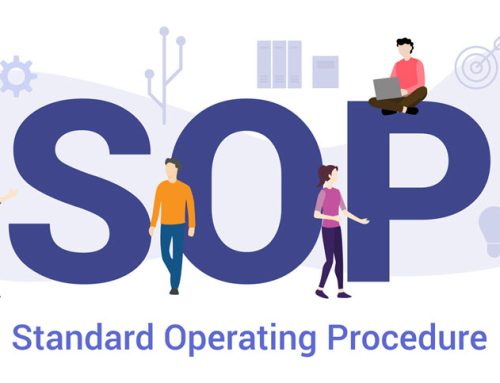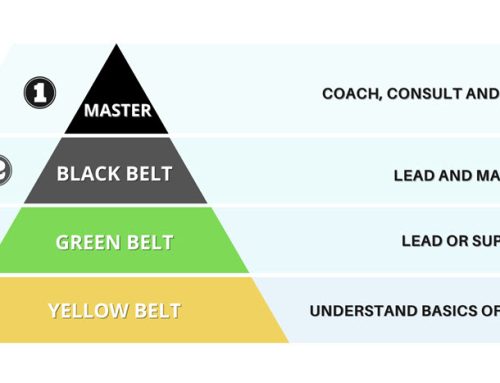All organizations need to adapt themselves according to the changes in the environment. They need to implement certain change management steps in order to survive in the competition. Companies that refused to embrace change may disappear. Organizations typically need change in five major areas which include strategies, structure, processes, people, and Technology.
Effective management of change within an organization may be a challenging task as it requires modification in people behavior. Employees may resist the change especially if they have lived through botched implementations in the past.
For organizations, the last decade has been brought with restructurings, process enhancement, mergers, acquisitions and layoffs, all in hopes of achieving revenue growth and increased profitability.
In this digital age, change management has become more important in order to meet the challenges and opportunities of the changing environment.
Below are some effective change management steps.
Change Management Steps
Diagnose the Need for Change
Recognition of the need for change mostly occurs at the top management level or in peripheral parts of the organization. The change may be due to either internal or external forces. This step involves the identification of specific change that is required and defining why it is necessary.
Develop the Goals of the Change
Once the necessity of change is defined, both problems and opportunities must be evaluated in order to develop the goals of the change. Here It becomes important to clarify the needed changes in the products, technology, structure, and culture.
Select a Change Agent
The change agent is an individual within an organization who is charged with the leadership responsibility to implement a planned change. The change agent needs to be Proactive and alert to things that need revamping, open to good ideas, supportive of the implementation of those ideas into actual practice.
Analyze the Current Environment
In the fourt of the change management steps, the change agent sets and gathering data about the climate of the organization in order to help the employees prepare for change. Preparing people for change requires direct and forceful feedback about the negative aspects of the present situation, as compared to the desired goals, and sensitizing people to the forces of change that exist in their environment.
Select and Implement the Method
This step requires the decision on the best way to bring about the change. Managers need to make themselves more sensitive to pressure for change by using networks of people and organizations with different perspectives and views, visiting other organizations exposed to new ideas, and using the external standard of performance, such as competitors progress.
Develop a Course of Action
The sixth of the change management steps involves actually putting together the plan. This step also determines the when, where, and how of the plan. The plan is in fact like a road map. It notes specific events and activities that must be timed and integrated to produce the change. It also involves the delegation of responsibility for each of the goals and objectives.
Implement the Plan
After answering all the questions, the plan is put into operation. Once the change has begun, initial excitement can dissipate in the face of everyday problems. Manager can maintain the momentum for change by providing resources, developing new competencies and skills, reinforcing new behaviors, and building a support system for initiating the Change.
Follow the Plan and Evaluate it
In the last of the change management steps, the manager must compare the actual result and goal established in Step 4. It is important to determine whether the goals were met. A comprehensive follow up and evaluation of the results aids this determination. Change must produce positive results and not be undertaken for its own sake.
Continuously Review the Changes
Managing should be considered as an ongoing process and it should be continuously reviewed from time to time. It’s better to have a well-defined R&D department that is adapting to environmental changes. The nature and composition of the change management team may vary for various organizations depending upon there size and organizational structures.
You should keep in mind that a comprehensive model for planned change includes a set of activities that a manager must engage in order to maintain the change process effectively. They must recognize the Need for Change, motivate change, create a vision, develop organizational support, manage the transition, and sustain momentum during the change.






